To those of us who wander into the tranquil environs of museums, we find that most of them are run by governments or by private institutions. In either case, they tend to follow a prescribed pattern. In gallery after gallery, there is a display of artifacts and objects. Some displays are well planned, better captioned and lit. Others may be in a state of neglect. But there is a quality of sameness to these museums, a lack of imagination.
Amidst this, two museums that are distinct in their displays of the past are those that showcase private collections. The museums are very different in their outlook, in design, style, vision and geographic locations. But what brings them together is that their collections were built by two inspired people, and their families. These were individuals who shared a knack of spotting objects which represented interested ideas and periods of history. And they brought them home.
Dinkar Gangadhar Kelkar and Revi Karunakaran were both born in pre-Independent India, albeit more than a generation apart in time. The Chitpavan Brahmin Kelkar, born 1896, was of a scholarly bent of mind from his early days, publishing poetry and editing books even in his early twenties. An optician by profession, the year 1920 was a turning point for him and the beginning of what we now know as the Raja Dinkar Kelkar Museum in Pune.
Coming across a Mayur Veena – a wooden veena shaped like a peacock and embellished with silver – triggered with Kelkar a desire to find objects of tradition and antiquity. The decades that followed saw him travel to remote villages, obscure tribal habitats and little-visited shrines. In the process, he found extraordinary objects in the everyday life of these communities, bringing together a fabulous collection of over 22,000 antiquities.
Impact Shorts
More ShortsIn 1975, realizing the scale of what he had collected and how much more would be required to showcase it, Kelkar donated it all to the Government of Maharashtra. Today, the museum – spread over two wings and four floors – is a depiction of living history, giving a view about how communities ate, drank, lived, celebrated and more, over a century ago. Perhaps its finest feature is a recreation of the 18th century CE palace of Mastani, Muslim wife of Peshwa Bajirao I.
For those who wonder how the ‘Raja’ got prefixed to the name, this was the name of Kelkar’s eldest son, who died young. The museum was originally ‘Raja Sangraha’ and later ‘Raja Kelkar Historical Collections’, before it got its current name. Charming as the current location in a quiet lane of Pune may be, space limitations allow only a fraction of the collection to be displayed. The future holds promise of expanding to a massive new facility.
If Dinkar Kelkar was a son-of-the-soil Maratha, the 1931-born Revi Karunakaran was almost a global citizen. Born to a Malayali father and an Austrian mother, educated in the UK, Switzerland and the US, he spoke multiple languages. His grandfather, Aandiyara Krishnan, had been the first Indian handloom factory owner to begin exporting coir, entering what had till then been the preserve of British industrialists. It was Krishnan who began collecting artifacts from around the world, a practice his son continued, and grandson took to new heights. Life took a turn for Karunakaran with his father’s early death, propelling him into heading the family business when he was barely 21.
Across three generations, the family put together a vast collection of curios and artifacts. With Revi Karunakaran passing away in 2003, the credit of converting the collection into a stunning museum goes to his wife, Betty. In 2006, the landscape of picturesque Alappuzha saw an interesting new addition. A grand building came up, designed by noted architect Lalichan Zachariah. Spread over a whopping 28,000 square feet, it stands out for its Greco-Roman columns. The museum’s design lives up to the spirit of the global traveller it is named after.
Showcased within is one of the world’s largest private collections of Swarovski crystals, including several rare pieces. Equally striking is the museum’s registered ivory collection, one that encompasses an incredibly beautiful Dashavatara – a depiction of Vishnu’s ten incarnations. On one side is an antique stained glass that depicts Krishna playing the flute, while on a table rests a model of the Meenakshi Temple at Madurai, created out of the pith of a tree. From Mexico come figurines made of vitreous volcanic rock and from Indonesia, polished volcanic rock. On one shelf are antique Chinese snuff bottles while on a wall hangs a tapestry showing Florence, Italy.
Also from Italy is a limited-edition Blue Dante vase, apparently a gift from Revi Karunakaran to his wife shortly after their marriage. There are objects in jade and porcelain. Standing in a lotus pond in the courtyard of the museum is the incredible seven-foot bronze statue of ‘The Prodigal Son’ by Israeli artist Sam Philipe. Not to be missed are numerous rare artifacts from Kerala itself, including murals, idols and wooden objects. Each has a story behind it, a history that is worth recounting. The list can go on and on.
Betty Karunakaran has passed on but her work and that of her husband and his ancestors lives on in the form of the Revi Karunakaran Memorial Museum. As does the work of Dinkar Kelkar in Pune. As a visitor walks through the portals of these museums, we don’t just get a glimpse of a bygone world, we are also able to see that world through the eyes of the Kelkars and Karunakarans. One hopes to see many more such museums preserve lovingly collected objects.
The author is a heritage explorer with a penchant for seeking obscure sites. A brand consultant by profession, he tweets @HiddenHeritage. Views expressed in the above piece are personal and solely those of the author. They do not necessarily reflect Firstpost’s views.


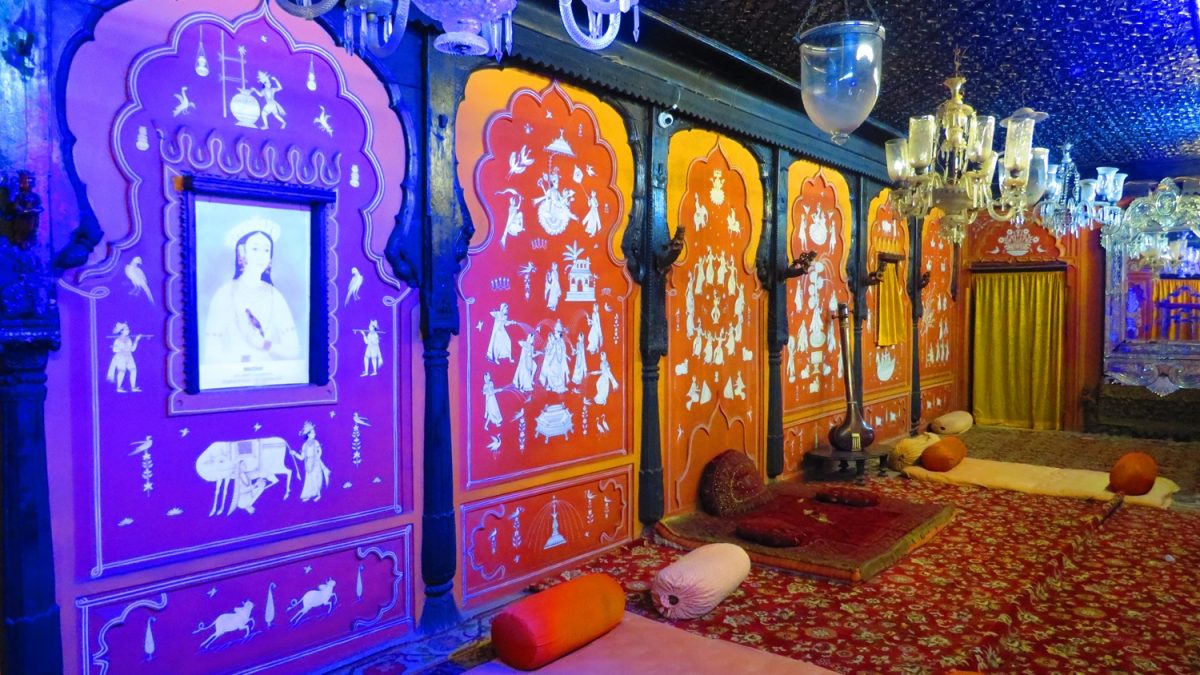)

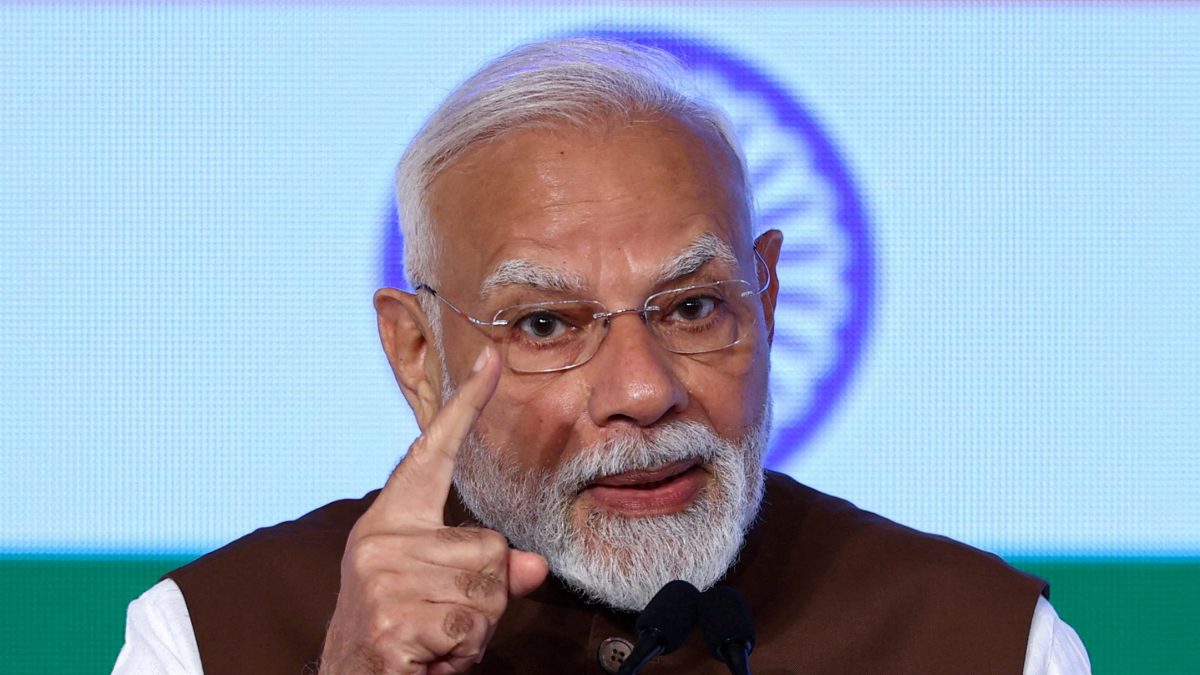)
)
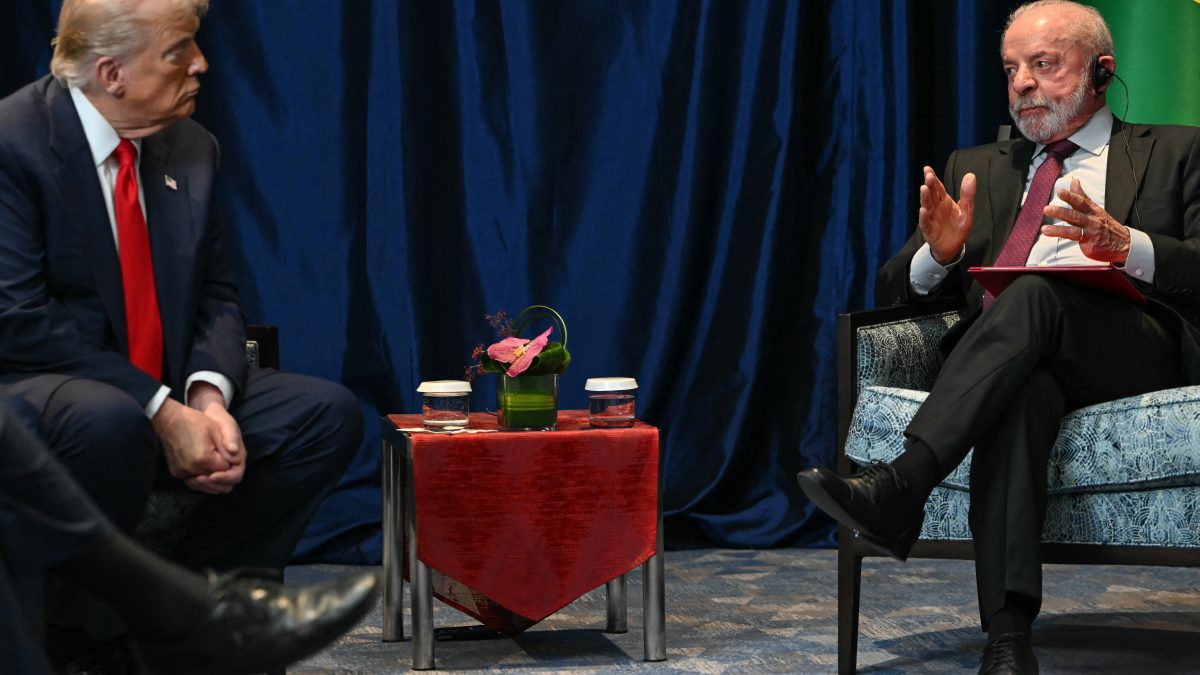)
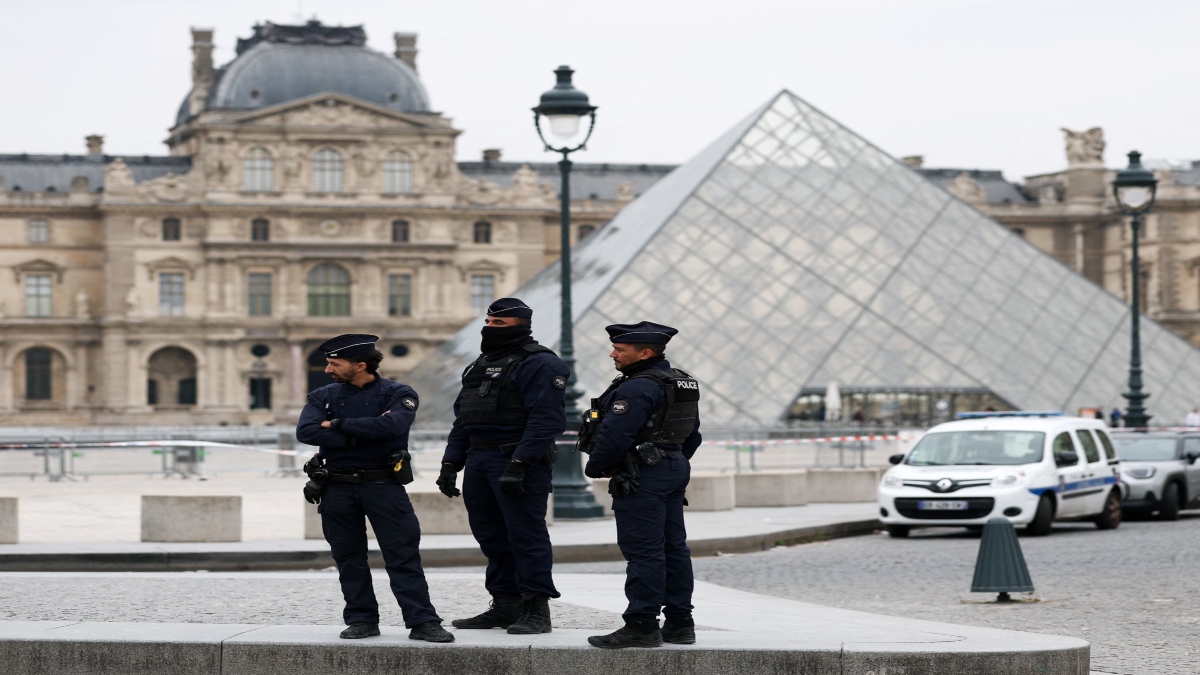)
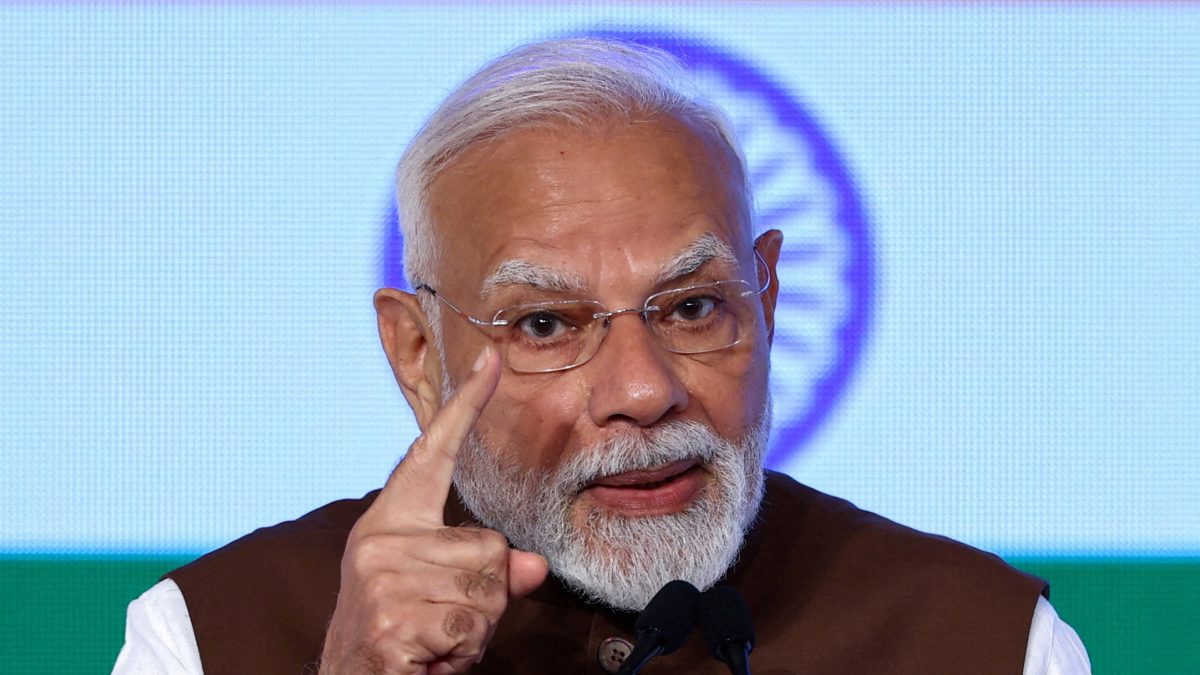)
)
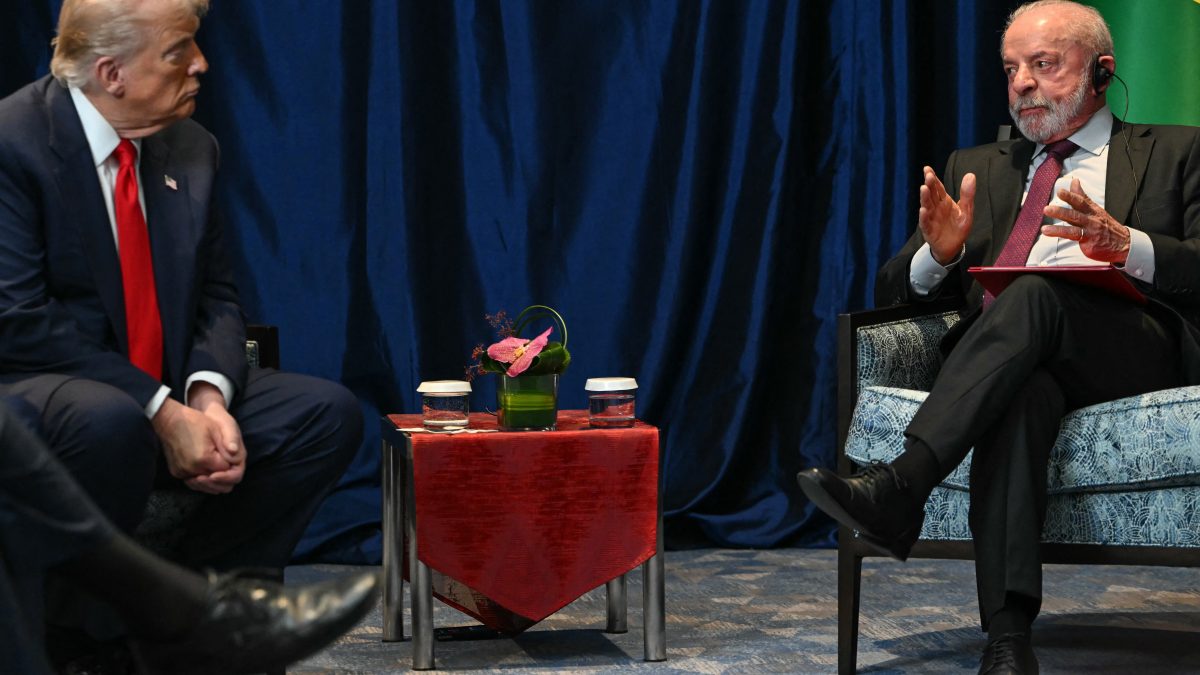)
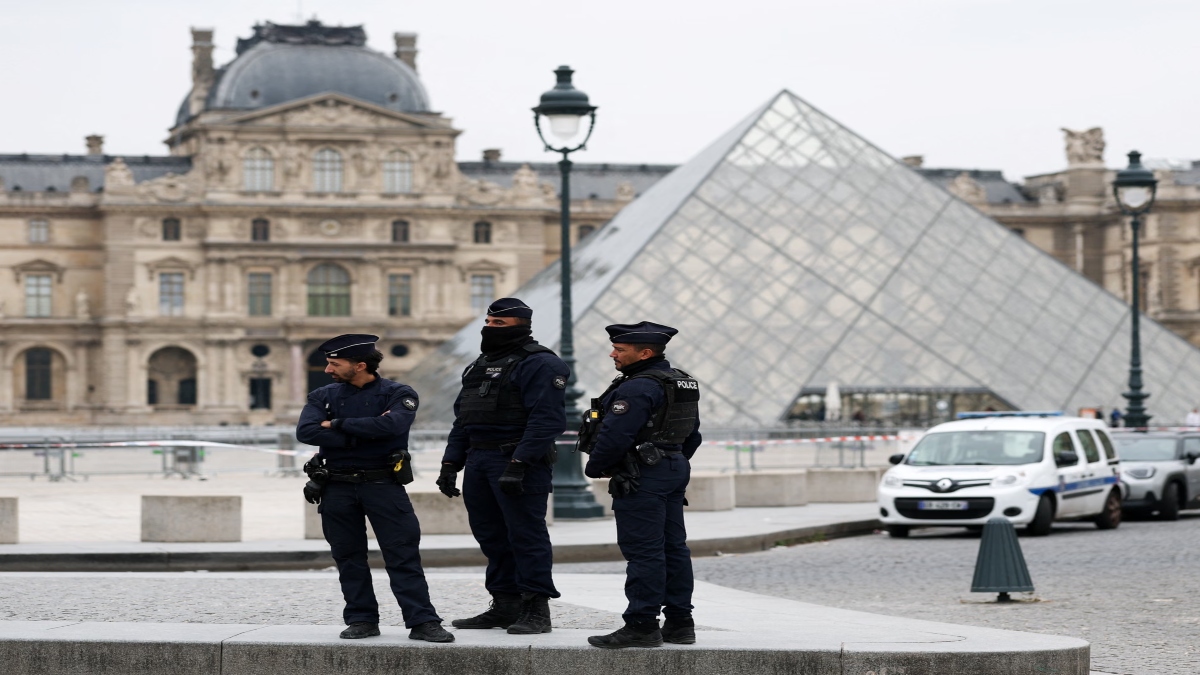)



